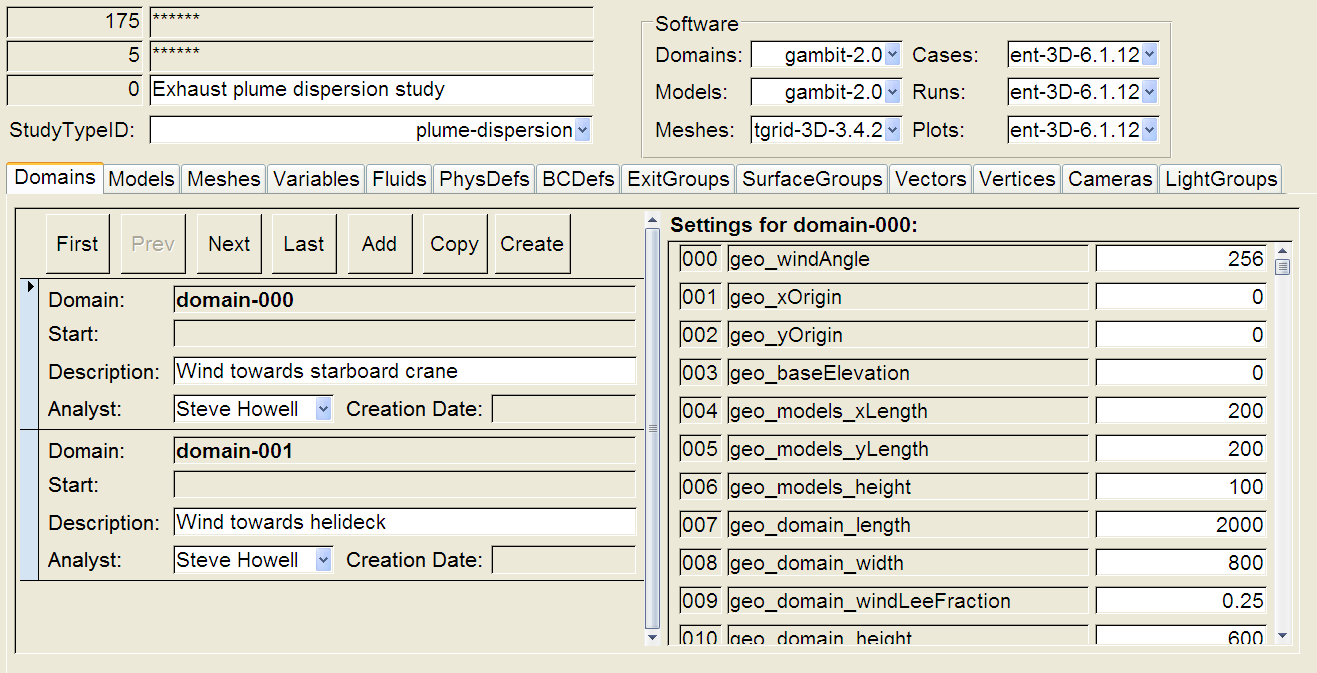Job Execution Tool (JET)
JET is a simulation data management application for routine simulation work. It
provides a framework for consistent and efficient analysis.
Routine application areas are defined as templates within the tool by an
experienced or group of experienced engineers. After this initial set-up, the
template can be used with confidence by other users within the organisation,
safe in the knowledge that the appropriate physics and meshing rules are
captured within the template and will be automatically enabled within the
simulation software of choice. There are many benefits to this approach:
-
the framework automatically provides an audit trail for all project completed
using the tool
-
the tool accelerates the simulation set-up and eliminates many of the
opportunities for error
-
the underlying database can be eaily interrogated by experienced engineers,
which enables thorough checks to be made on analyses in an efficient manner
-
the tool enables post-processing operations to be automated, which can provide
significant time savings.
JET graphical user interface

As an example, the image shows a screenshot from the tool using the
template for atmospheric plume dispersion. The template was set-up to require a
domain entity, which is a large rectangular flow domain within which a
model entity (or several model entities) capturing the geometry of
interest.
The domain entity is entirely defined by a small number of numerical inputs,
such as the wind angle for the domain, the geometrical parameters of the model
to which it interfaces, and the geometrical extent of the domain.
The physics required for describing the turbulent atmospheric boundary layer are
already captured within the JET template, together with a mesh adaption
technique that will successively refine the mesh along the path of the plume
during the course of each simulation. The user can, therefore, focus upon the
application-specific requirements such as which combinations of wind direction,
wind speed and release scenario to consider, rather than on the generic CFD
set-up captured within the template.
JET was first written in 2002 by Steve Howell and Simon Feven during their time together
at Mobius Dynamics. Abercus is currently developing a new JET engine, which will incorporate
a web-based interface to allow remote access to the simulation data.